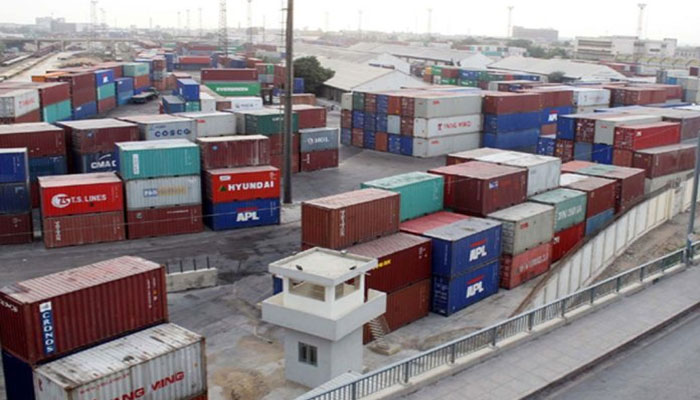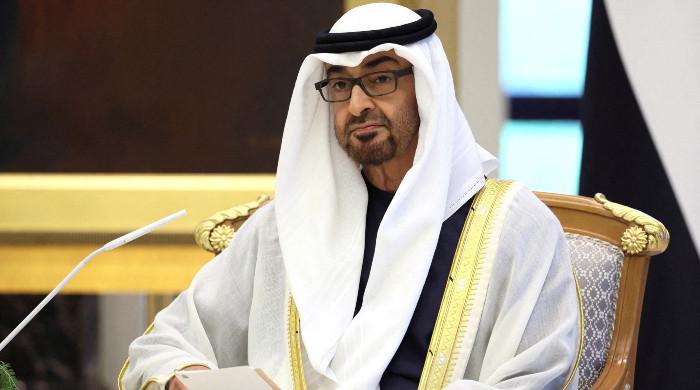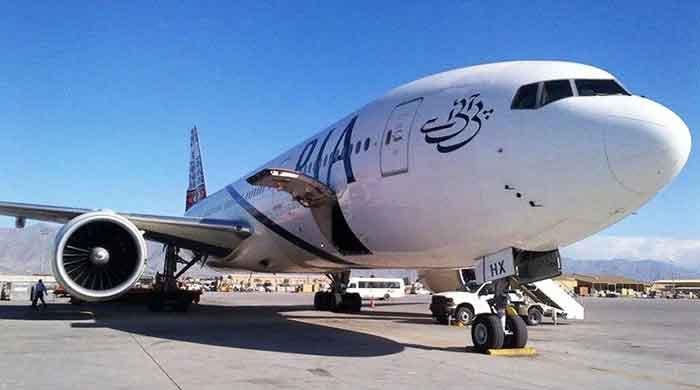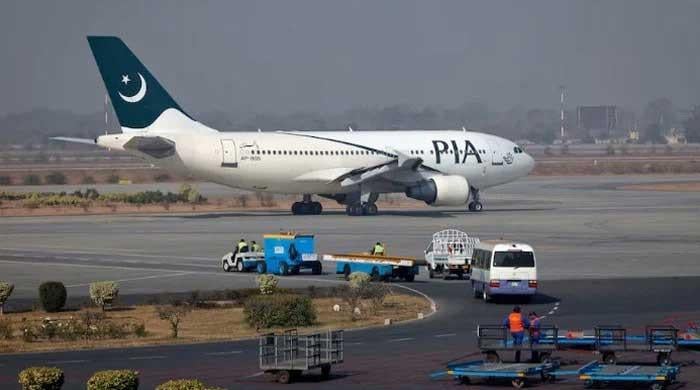Exports decline for fourth consecutive month
Last year in the same period, the import-export gap was at $28.86 billion, as per Pakistan Bureau of Statistics
February 03, 2023

- Exports in July-January period shrank by 7.2%
- Imports were also down 22.5% to $36.1 billion.
- Non-essential imports still weighing on economy.
ISLAMABAD: Economic and political uncertainty led Pakistan's exports to decline by 15.4% to $2.2 billion in January 2023 against $2.61 billion in the same month last year, marking the fourth consecutive decline, The News reported on Friday.
The total number of exports in October last year was down 3.25% year-on-year, in November 17.6%, in December 16.3%, and now in January, 15.4% over the corresponding month of last year.
However, the country's trade deficit narrowed by 32% to $19.63 billion in the first seven months of the current fiscal, as imports of non-essentials and other goods were curtailed. But still, it weighed on the struggling economy.
Last year in the same period, the import-export gap was at $28.86 billion, the Pakistan Bureau of Statistics (PBS) data showed.
Exports in the July-January period shrank 7.2% to $16.47 billion from $17.74 billion in the corresponding month a year ago. Similarly, imports were also down 22.5% to $36.1 billion from $46.6 billion recorded in July-January 2021-22.
In January 2023, exports were down 15.4% to $2.2 billion from $2.61 billion in the same month a year ago, while imports dropped 19.6% to $4.856 billion from $6.036 billion in January 2022. The trade deficit during the month narrowed down 22.7% to $2.65 billion from $3.42 billion in the same month last year.
Comparing monthly trade with the month of December last year, goods exports in January 2023 fell 4.4% from $2.31 billion. Similarly, imports also dropped 5.8% from December's imports of $5.15 billion.
A cursory glance at the trade data shows that over the last seven months, the average monthly exports were at $2.35 billion, whereas last year’s average was at $2.53 billion. The average monthly imports were at $5.157 billion against $6.66 billion in FY22.
In FY22, the trade deficit was $48.38 billion, a historic high, with imports of $80.18 billion (average $6.68 billion/month) and exports at $31.8 billion ($2.65 million/month).
In FY2021, the exports were $25.3 billion, while imports were at $56.4 billion. Exports increased by 25.6% and imports by 42.2%. The trade deficit in FY22 was 31% higher than the previous year.
The economy is also experiencing a balance-of-payments crisis, as Islamabad has been spending more on imports than exports, running down its stock of foreign currency and weighing on the rupee's value.
Recently, the rupee plunged to its new low against the US dollar after the cap was removed on its value in the interbank market to meet one of the core demands put forth by the IMF.
The government is also facing the problem of burgeoning inflation.
In January 2023, it topped a 48-year high of 27.6%. On January 23, the central bank raised the policy rate by 100 basis points to 17% — the highest since 1998 — to help stabilise the economy. But, it has made bank financing dearer, resulting in the squeeze of industrial growth, business activities and exports.









